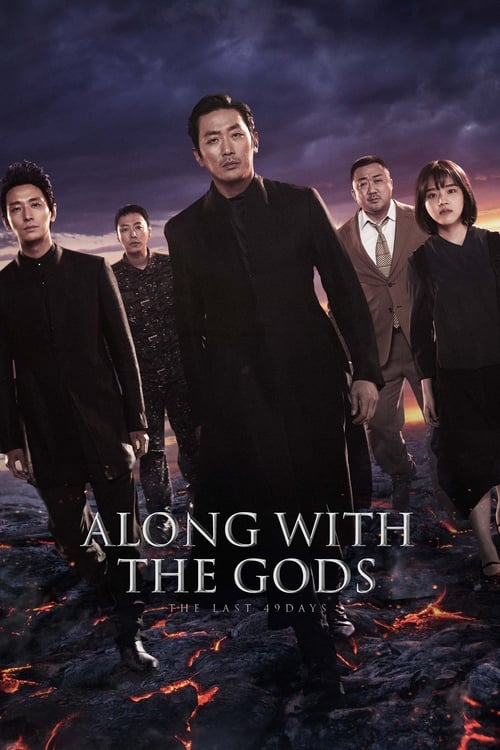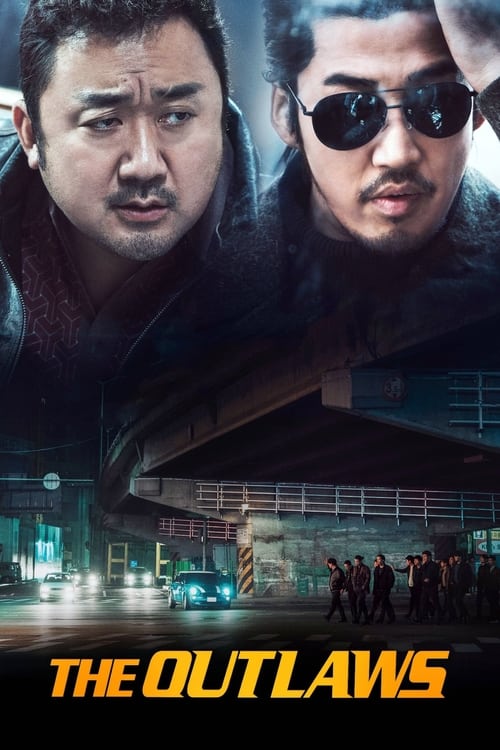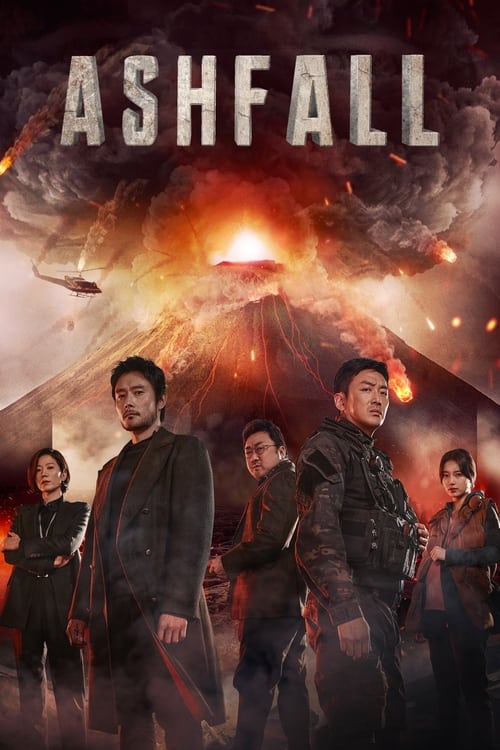
Ask Your Own Question
What is the plot?
What is the ending?
In the ending of "A Taxi Driver," Kim Man-seob, the taxi driver, successfully helps the German journalist Peter, who is documenting the Gwangju Uprising. They manage to escape the chaos of the city, but the aftermath of the uprising leaves a lasting impact on them. The film concludes with a poignant reflection on the events that transpired, highlighting the sacrifices made during the struggle for democracy in South Korea.
As the film approaches its climax, the tension in Gwangju escalates. Kim Man-seob, who initially took the job to earn money, becomes increasingly aware of the gravity of the situation around him. He witnesses the brutality of the military against the civilians and the desperate fight for freedom.
In a pivotal scene, Kim drives Peter through the streets of Gwangju, where they encounter violent confrontations between the military and the citizens. The atmosphere is charged with fear and determination. Kim's internal conflict deepens as he grapples with his role in the unfolding tragedy. He is no longer just a taxi driver; he becomes a reluctant participant in a fight for justice.
As they navigate through the chaos, Kim's character transforms. He goes from being a self-centered individual to someone who understands the importance of standing up for what is right. He risks his life to ensure Peter can document the truth, showcasing his growth and newfound courage.
In the final moments, after a harrowing escape, Kim and Peter manage to leave Gwangju. However, the film does not shy away from the harsh realities of the aftermath. The audience sees the devastation left in the wake of the uprising, with many lives lost and the struggle for democracy still ongoing.
The film closes with a powerful montage that reflects on the sacrifices made by the people of Gwangju. Kim Man-seob returns to his life as a taxi driver, but he is forever changed by the events he witnessed. The final scenes emphasize the importance of remembering history and the ongoing fight for freedom, leaving viewers with a sense of both hope and sorrow.
In summary, Kim Man-seob survives the ordeal, but the emotional weight of the uprising lingers with him. Peter, having documented the truth, is also left to carry the burden of what he has seen. The film ends on a note that underscores the resilience of the human spirit in the face of oppression, while also acknowledging the cost of such struggles.
Is there a post-credit scene?
In the movie "A Taxi Driver," there is no post-credit scene. The film concludes with a powerful and emotional ending that encapsulates the struggles and sacrifices made during the Gwangju Uprising in 1980. The story wraps up with the main character, Kim Man-seob, reflecting on the events he witnessed and the impact they had on him, leaving the audience with a poignant sense of the historical significance of the uprising and the personal transformations experienced by the characters. The film's conclusion emphasizes the importance of truth and the courage to stand against oppression, resonating deeply without the need for additional scenes after the credits.
What motivates Kim Man-seob to drive a taxi in the first place?
Kim Man-seob, a struggling taxi driver in 1980s South Korea, is primarily motivated by the need to support his family. He is depicted as a hardworking man who takes pride in his job, but his financial struggles push him to take on a foreign passenger, which leads him into a dangerous situation.
How does Kim Man-seob's relationship with the German journalist evolve throughout the film?
Initially, Kim Man-seob views the German journalist, Jürgen Hinzpeter, as just another fare. However, as they navigate the tumultuous events of the Gwangju Uprising together, their relationship deepens. Kim becomes increasingly protective of Hinzpeter, realizing the importance of his work in documenting the truth about the violence occurring in Gwangju.
What role does the Gwangju Uprising play in shaping the characters' actions?
The Gwangju Uprising serves as a pivotal backdrop that shapes the characters' motivations and actions. Kim Man-seob is thrust into a situation that challenges his moral compass, forcing him to confront the brutality of the regime and the importance of truth. His experiences during the uprising transform him from a passive observer into an active participant in the fight for justice.
What are the key moments that highlight Kim Man-seob's transformation throughout the film?
Key moments that highlight Kim Man-seob's transformation include his initial reluctance to get involved in the uprising, his growing empathy for the victims, and his ultimate decision to risk his life to help Hinzpeter escape. These moments illustrate his evolution from a self-centered individual to a courageous man willing to stand up against oppression.
How does the film depict the consequences of the Gwangju Uprising on the characters involved?
The film poignantly depicts the consequences of the Gwangju Uprising through the emotional and physical toll it takes on the characters. Kim Man-seob faces the loss of friends and the trauma of witnessing violence, while Hinzpeter grapples with the moral weight of documenting the atrocities. The aftermath leaves a lasting impact on their lives, highlighting the cost of political struggle.
Is this family friendly?
"A Taxi Driver," produced in 2017, is a historical drama that depicts the events surrounding the Gwangju Uprising in South Korea in 1980. While the film is compelling and poignant, it does contain several scenes that may be considered objectionable or upsetting for children or sensitive viewers.
-
Violence and Brutality: The film portrays instances of police brutality and violence against civilians. There are scenes where characters are beaten, and the aftermath of violent confrontations is shown, which can be distressing.
-
Death and Suffering: The narrative includes moments that depict the suffering and loss of life during the uprising. The emotional weight of these scenes can be heavy and may be upsetting for younger audiences.
-
Political Oppression: The film addresses themes of political oppression and human rights violations, which may be difficult for children to fully understand and process.
-
Emotional Turmoil: Characters experience significant emotional distress, fear, and despair throughout the film, which may resonate deeply and evoke strong feelings in sensitive viewers.
-
Language and Intensity: There are instances of strong language and intense situations that reflect the gravity of the historical context, which may not be suitable for all audiences.
Overall, while "A Taxi Driver" is a powerful film with important themes, its content may not be appropriate for younger viewers or those who are particularly sensitive to violence and emotional distress.
















































